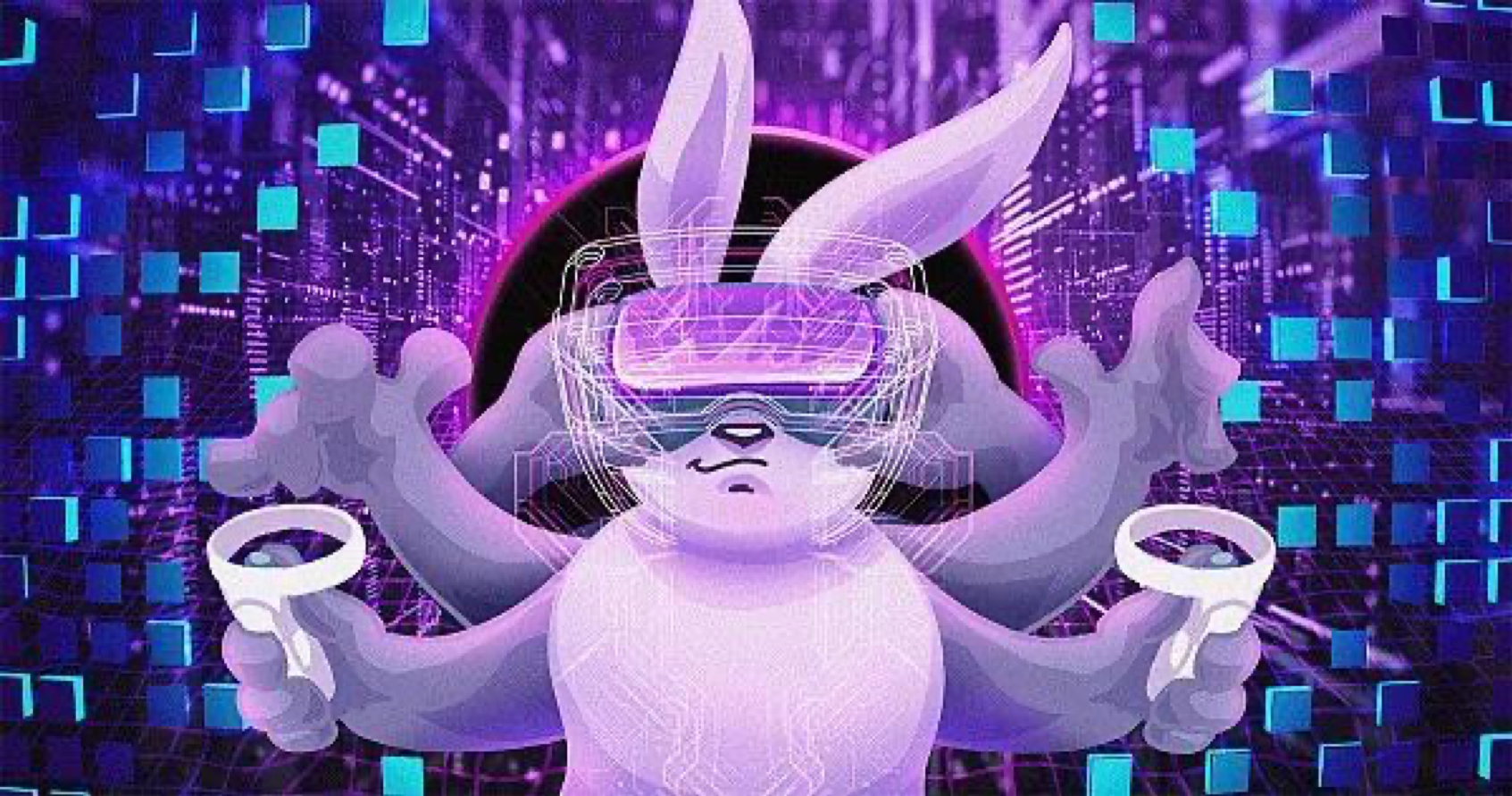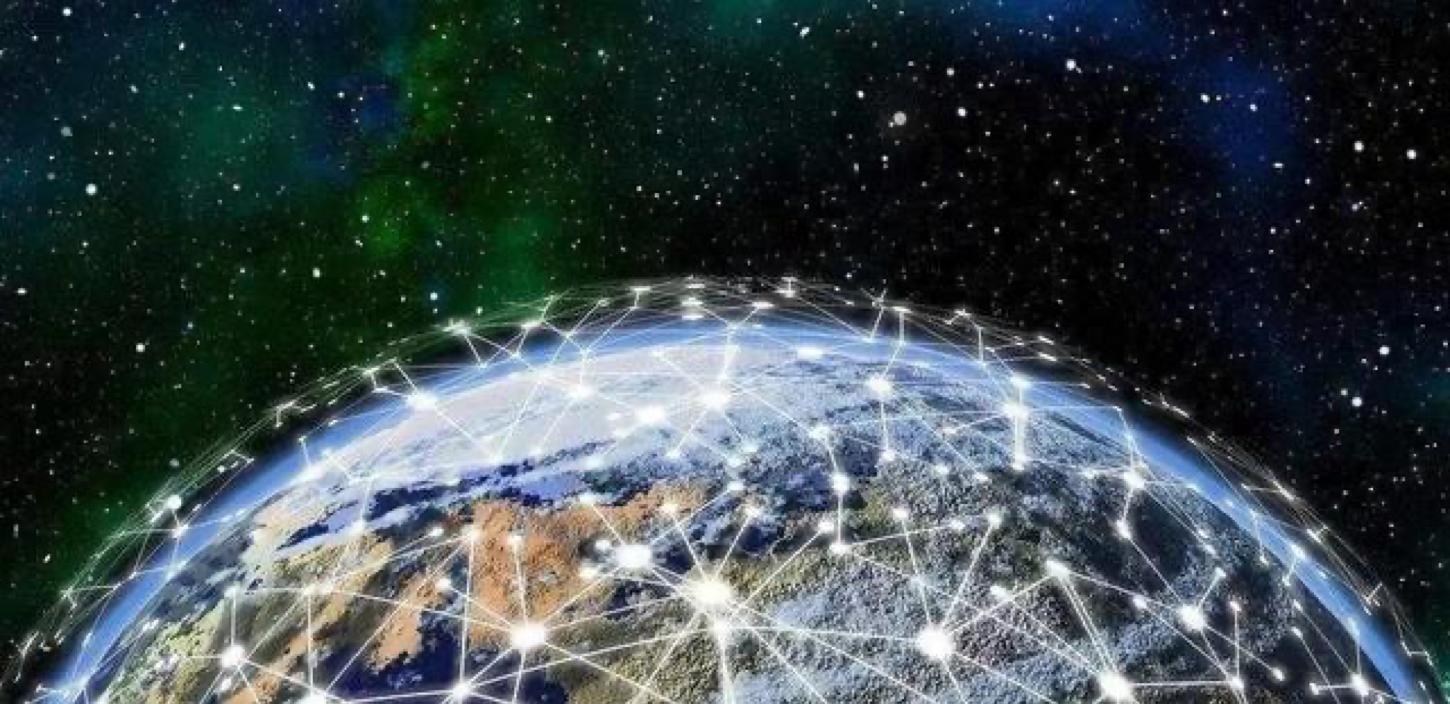MANTA—The Brain of Tomorrow’s Metaverse (3/4)
How to provide the Metaverse with enough computing power?
Besides data, another type of resource necessary for the well-functioning of the Metaverse is computing power.
Since the Covid-19 outbreak, the digital economy is playing an ever more important role in people’s daily life. People are moving their work, entertainment and socializing online, which fuels the growth of the digital economy. And thanks to the digital economy, people can participate in social activities without leaving home.
As the platform that facilitates all kinds of real-world and virtual activities of humanity in the future, the Metaverse is impossible without advanced computing power infrastructure. Conceivably, the Metaverse won’t be limited to what it’s currently capable of but will fully support an immersive and low-latency experience.
Therefore, to replicate the situations we saw in the movie Free Guy would be rather demanding on our VR/AR hardware technologies, the speed of our network as well as the quality of computing power.
First of all, to enjoy a truly immersive experience, users will need to wear VR/AR/BCI devices, which by that point should become an essential part of people’s daily life just as smartphones are today. In the meantime, the integration between the virtual world and the physical world will create an immersive experience bridging the gap between people’s online and offline lives, which will define the era of the Metaverse.

Low latency involves two aspects. One has to do with people’s Metaverse experience. Real-world and virtual scenes should synchronize with user actions. The other aspect involves guaranteeing the sustainability of computing power. The rate of data communication will grow exponentially, which requires the stable low-latency synchronization and computation of data.
Since the Metaverse is still in its infancy, its growth will depend on the establishment of powerful computing and data storage capacities. To make people’s Metaverse experiences more real and complete, astronomical quantities of data will be produced. The scale and completeness of the Metaverse will be determined by the computing power and storage capacity available in the real world.
As we know, the development of computing capacity will depend on the speed of internet communication as well as the scale of available data. Therefore, computing power and data are interdependent for the success of the Metaverse.
In order to bring the Metaverse into existence and move people’s activities online, the amount of computing power required would be astronomical. Therefore, more and more people are looking towards cloud computing and edge computing for solutions.
Cloud computing is a centralized service where data from all over the world are sent to the cloud for processing. At its core, cloud computing involves gathering together distributed computing resources so that users have limitless access as long as they are connected to the Internet. This also removes the boundary of time and space. According to data from iMedia Research, the global market size of cloud computing is anticipated to reach 265.4 billion USD in 2021.
Whereas, edge computing offers data processing at a physical location close to the source of the data. Its application programs are launched at the edge for swifter internet response. This method offers a solution to the time-critical needs of businesses, practical AI applications as well as security and privacy protection requirements.
As a matter of fact, both cloud computing and edge computing are paradigms of distributed computing capable of improving the speed of the network. Centralized cloud computing services are efficient and secure, and edge computing is responsive and simultaneous. Both deserve to be further explored as computing power solutions for the Metaverse in the future.

Despite their advantages, cloud computing and edge computing have their limits too. Centralized cloud computing exposes user data to risks, while edge computing may be incapable of generating enough computing power for the Metaverse.
MANTA—The Brain of Tomorrow’s Metaverse (1/4)
MANTA—The Brain of Tomorrow’s Metaverse (2/4)
MANTA—The Brain of Tomorrow’s Metaverse (4/4)
Twitter: https://twitter.com/MatrixAINetwork/status/1529369248346382338?s=20
Medium: https://matrixainetwork.medium.com/manta-the-brain-of-tomorrows-metaverse-3-4-97d7aa69ce84